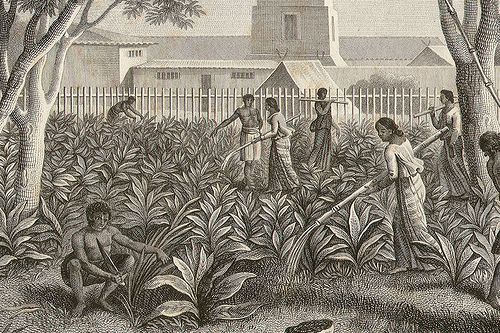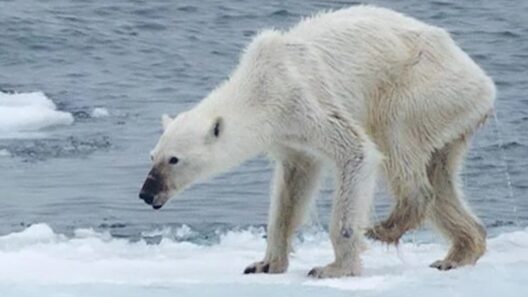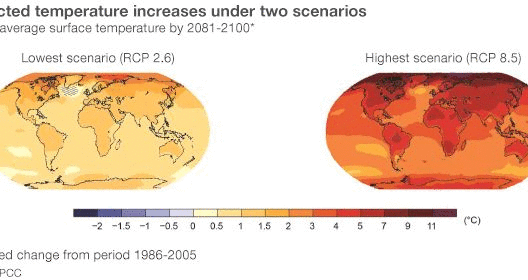The Southern Colonies, comprising states such as Maryland, Virginia, North Carolina, South Carolina, and Georgia, present a climate that is emblematic of the subtropical region of the United States. Characterized by its warm summers and mild winters, the climatic conditions in this area have played a pivotal role in shaping the culture, economy, and overall lifestyle of its inhabitants. Understanding the intricacies of this climate is not merely a matter of interest; it is essential for appreciating how environmental factors influence daily life and the history of the region.
In the Southern Colonies, summer is a resplendent affair. From June through August, temperatures can soar to dizzying heights. Daily highs often reach the mid to upper 80s Fahrenheit, with some areas experiencing temperatures well into the 90s. The air becomes thick with humidity, often exceeding 70%. Such conditions are conducive not only to human activity but also to a myriad of ecological phenomena. The warm temperatures, combined with abundant rainfall, create an environment that supports verdant landscapes brimming with life. This climatic setting fosters the growth of a plethora of crops, including cotton, tobacco, and rice, which have historically driven the economy of the Southern Colonies.
However, the climatic benevolence of the region is not without its challenges. The high humidity levels during the summer months can contribute to discomfort, spurring the proliferation of insects, notably mosquitoes. Additionally, this season is fraught with the potential for severe weather, particularly hurricanes, which can wreak havoc on local communities and ecosystems. Understanding such dynamics is vital for those who inhabit or visit these regions.
Contrarily, the winter months bring a welcome reprieve. While summers are often oppressive, winters in the Southern Colonies are relatively mild. Temperatures typically average between 40 and 60 degrees Fahrenheit. For the most part, the region escapes the harsh winters that other parts of the United States endure. This mildness allows for agricultural practices to extend beyond the typical growing season observed in northern states. Farmers can plant cover crops or extend their harvests well into the winter months. Such adaptability has historically positioned the Southern Colonies as agricultural powerhouses.
Moreover, the winter months herald a picturesque beauty in the Southern landscape. Deciduous trees shed their leaves, unveiling a stark but beautiful silhouette against the winter sky. The cooler temperatures invite a sense of relief and renewal, stirring excitement for upcoming spring blooms. Winter can be a time for community gatherings and festivals, as families enjoy outdoor activities without the sweltering heat.
Seasonal weather patterns oscillating between warm summers and mild winters contribute immensely to the biodiversity of the Southern Colonies. The climate fosters various ecosystems, from coastal marshes and wetlands to hardwood forests and rolling hills. Each ecosystem houses its own unique flora and fauna, which thrive under the region’s distinct climatic conditions. This diversity underpins the ecological health of the Southern Colonies and emphasizes the interconnectedness of climate and biodiversity.
Environmental stewardship is paramount in the Southern Colonies, as climate change poses a significant threat to both the landscape and the livelihoods of its inhabitants. Coastal areas are particularly vulnerable, facing rising sea levels and increased storm frequency. These challenges necessitate a concerted effort toward conservation and sustainable practices to preserve the delicate balance of this vibrant ecosystem. Communities are increasingly recognizing the need to adjust agricultural methods and infrastructure to mitigate the adverse effects of climate change.
The interplay of climate and culture in the Southern Colonies is fascinating. The warmth and humidity of summer make the region an ideal setting for social gatherings, outdoor festivals, and culinary traditions centered around agriculture. Foodways in the Southern Colonies reflect both the bounty of the land and the seasonal variations of climate. The slow-cooked dishes of the South celebrate local ingredients, deeply intertwined with the seasonal cycles of the region. Such traditions have fostered a rich cultural tapestry that endures despite the challenges posed by environmental changes.
Additionally, the Southern Colonies experience distinct weather patterns influenced by geographical features. The proximity to the Atlantic Ocean moderates temperatures, leading to milder conditions compared to inland areas. Moreover, the Appalachian Mountains in the west create gradients in weather patterns, leading to variation not just in temperature but also in precipitation levels. These microclimates add a layer of complexity to the understanding of the region’s climate, invoking both curiosity and awe.
While the Southern Colonies possess a climate that many view as ideal for agriculture and living, the persistent issues of climate change challenge the status quo. Rising temperatures and shifts in precipitation patterns demand adaptation and innovation from both residents and policymakers. Understanding the climate dynamics of this region fosters a deeper appreciation of the challenges faced and the resilience exhibited by its inhabitants. By shining a light on these factors, we can begin to cultivate a greater respect for the environment and its fragility.
In summary, the climate of the Southern Colonies—marked by warm summers and mild winters—offers a unique lens through which to explore the region’s natural history, cultural heritage, and future. Its abundant resources and scenic beauty beckon exploration and admiration yet also require conscious stewardship. The call to action has never been more relevant: preserving this unparalleled environment must be a priority. As we deepen our understanding of the Southern Colonies’ climate, we pave the way for a future where we coexist harmoniously with the natural world.








